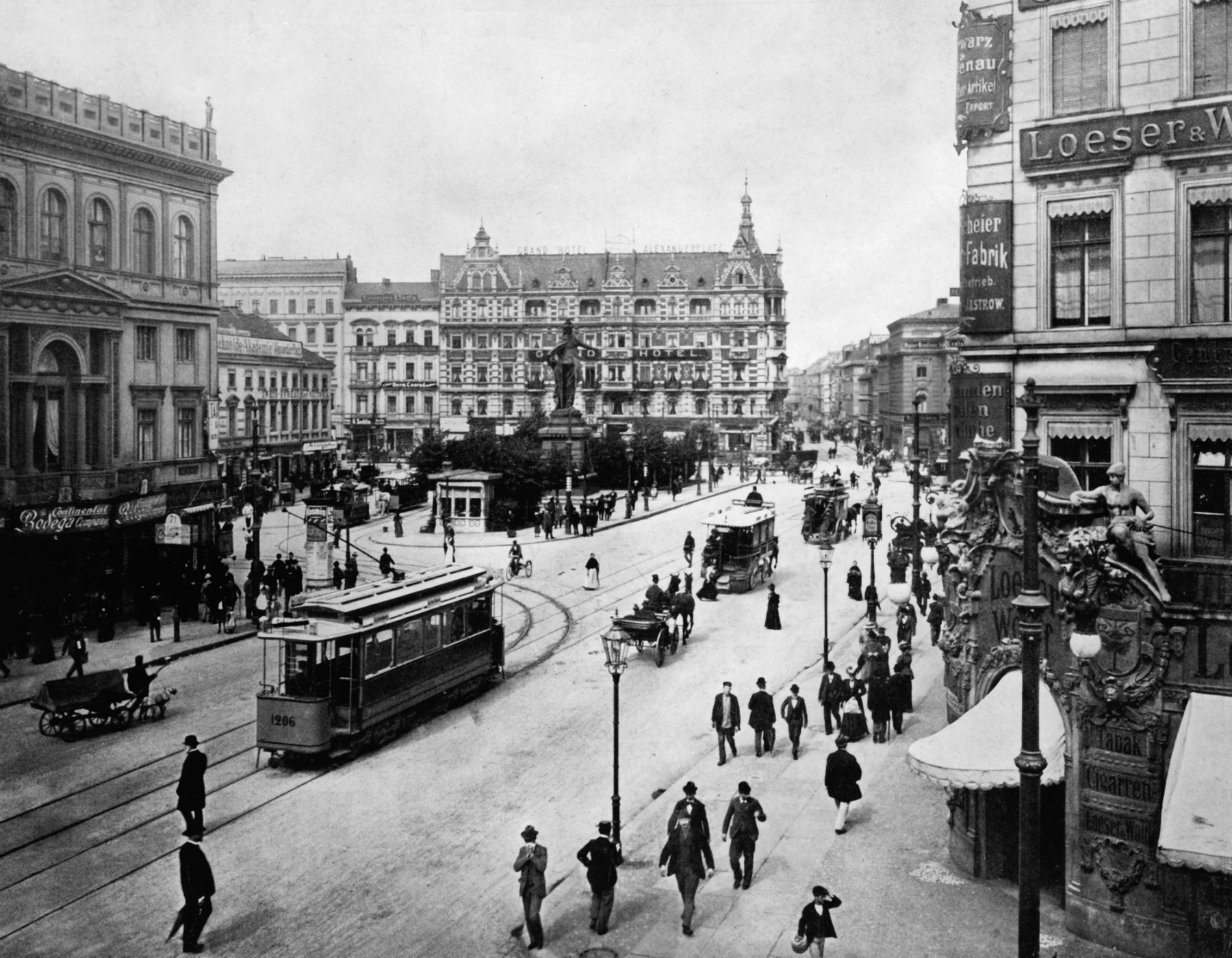4.4 18th-Century Society and Demographics
4 min read•june 18, 2024
Jillian Holbrook
AP European History 🇪🇺
335 resourcesSee Units
Population Growth
European Population in the 17th Century
In the 17th century, war, disease, famine, and a combination of economic and social conditions influenced a low European population. The Thirty Years' War displaced civilians, led to mass casualties, and destroyed resources, which caused food shortages. High incidence of disease, particularly the Black Death (Bubonic plague), and other epidemics of infectious diseases, such as smallpox, cholera, and influenza, resulted in widespread mortalities compounded by lack of sanitation, medical knowledge, and hygiene. Agricultural productivity, small landholdings, and poverty made feeding and affording larger families difficult.
Population Expansion in the 18th Century
However, by the 18th century, the balance between the population and food supply stabilized. The 18th century saw significant changes in the economy, with the rise of industrialization and the growth of trade and commerce. These changes led to an increase in employment opportunities, which in turn led to an increase in population.
Medicinal Advancements
One of the main factors contributing to population growth was an increase in life expectancy. Improvements in medicine and health care, as well as better living conditions and sanitation, led to a decline in infant and child mortality rates. Plague disappeared, and smallpox inoculation practices spurred by Lady Mary Wortley Montagu reduced smallpox infection. Consequently, Europe saw a higher survival rate among the young, which, in turn, led to a higher birth rate!
The Agricultural Revolution
Another important factor was the growth of the agricultural sector, which led to an increase in food production and a decrease in food prices. This made it possible for people to afford to have larger families and also led to an increase in the number of people who could afford to live in cities and towns.
The Agricultural Revolution constituted a period of major changes in agriculture that occurred in Europe, characterized by a significant increase in agricultural productivity and a shift from subsistence farming to commercial farming. With the invention of new tools and technologies, the development of new crops and farming techniques, and the enclosure of common land, agricultural productivity boomed.
- Technology: The seed drill allowed for more precise planting and increased crop yield. Moreover, the horse-drawn plow and threshing machine spurred greater efficiency and productivity in farming.
- New Crops and Livestock: The Columbian Exchange gave Europeans access to new crops, including potatoes and corn, which allowed for a more varied and nutritious diet. The Lincolnshire Longwool sheep was an important contributor to the Agricultural Revolution, as its wool was in high demand for textiles while its large body size provided more meat.
- Enclosure: Through enclosure, small landholdings were consolidated into larger ones. As a result, commercial farming overtook subsistence farming.
The Agricultural Revolution led to significant increases in agricultural productivity, reduction of demographic crises, and population growth. Resultantly, it laid the foundation for the Industrial Revolution by providing the food and raw materials necessary to support a growing population and a growing industrial workforce. It also had a profound impact on the social and economic structure of rural society, leading to significant changes in the way that land was used and controlled.
Urbanization
Because the Agricultural Revolution produced more food with fewer workers, people began to migrate from rural areas to the cities in search of work. Cities themselves offered new economic opportunities, transforming urban life as the Industrial Revolution took off.
The Industrial Revolution marked a transition from an agrarian, hand-made economy to an industrialized, machine-based economy. James Watt's steam engine became a way to power machinery, including textile mills and factory production lines, making it possible to produce goods on a large scale at a lower cost. Resultantly, the factory system replaced the traditional system of craft production. Factories brought together large numbers of workers, who worked together in manufacturing products, creating the rise of a new working and middle class.

Image Courtesy of Bizim kiez
Social Changes
Growth of cities through the Industrial Revolution and urbanization eroded traditional communal values, and city governments strained to provide protection and a healthy environment. The growth of poverty, crime, and prostitution in urban areas led to increased efforts to police and control the behavior of marginalized groups, such as the working class, who were seen as a potential threat to social order. This led to the development of a range of institutions, such as poorhouses, workhouses, and prisons, which were designed to manage and control the lives of the poor and criminal populations.
Social change also brought attention to the growing poor class and the need to manage their suffering. Enlightenment ideas of government reform and lower taxes were attractive to the working poor and those unable to work who were frustrated with their current lifestyle.

Image Courtesy of connect.bcp
🎥 Watch: AP European History - New Societal Order in the 1700s
Browse Study Guides By Unit
🎨Unit 1 – Renaissance & Exploration
⛪️Unit 2 – Reformation
👑Unit 3 – Absolutism & Constitutionalism
🤔Unit 4 – Scientific, Philosophical, & Political Developments
🥖Unit 5 – Conflict, Crisis, & Reaction in the Late 18th Century
🚂Unit 6 – Industrialization & Its Effects
✊Unit 7 – 19th Century Perspectives & Political Developments
💣Unit 8 – 20th Century Global Conflicts
🥶Unit 9 – Cold War & Contemporary Europe
📚Study Tools
🤔Exam Skills
👉Subject Guides

Fiveable
Resources
© 2025 Fiveable Inc. All rights reserved.